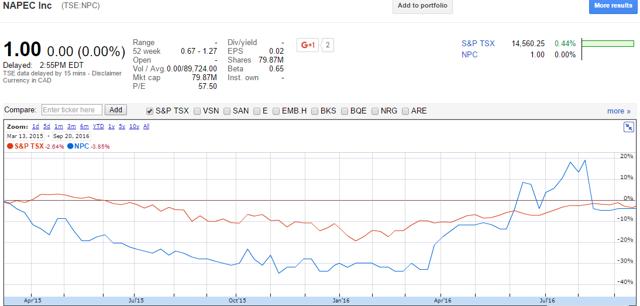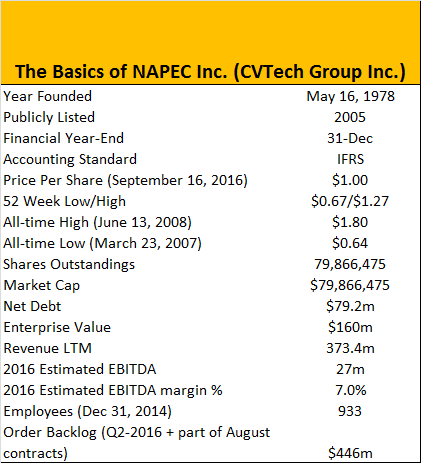Last march I published a research article on the notebook maker Moleskine, Moleskine SpA: Paper Is Not Dead.
Well Moleskine’s private equity owners decided to sell their shares for €2.40 to a Belgian autogroup, D’Ieteren NV. It’s not much and only 10 cent over the IPO of €2.30 in 2013. However it’s a 73.9% gain in 7 months if you bought it in March (€1.38 per share at the time of the publication). Seeking Alpha asked me to comment on the offer. Here’s what I said:
I don’t know a lot about the Belgian auto group. This is the private equity owner that’s selling their stake in the company and the rest will be sold after at the same price. The buyer, D’Ieteren NV is a Belgian car importer and that’s all I know. I don’t see the connection between the notebook maker and the auto group but it looks like that D’Ieteren NV might be turning into a holding company. The market didn’t seem to appreciate the move by looking at drop in D’Ieteren NV share price.
I think Moleskine could warrant a higher price but I don’t think they will get it for multiple reasons. Moleskine is a great company to own for the long-term and will definitely create shareholder value for the many years to come. But because the biggest owner agreed to sale (private equity need to exit their position) and Moleskine lacks the visibility of a big market (should be listed in NY or Milan), it won’t get much more unless somebody else steps up. The offer is only 10 cent over the IPO price of 2.30. I find that disappointing. The big winner in all of this is the private equity owner and shareholders who bought it when it was trading in the dollar range. It’s a great brand with great products and great legs to go on.
Now if you really love the company and still want to be an owner, you might have to buy shares in D’Ieteren NV. I don’t much about them except that 1) they have been around since 1805 2) it’s family owned and 3) they still to have a long-term vision. Without it they wouldn’t have been around today.







